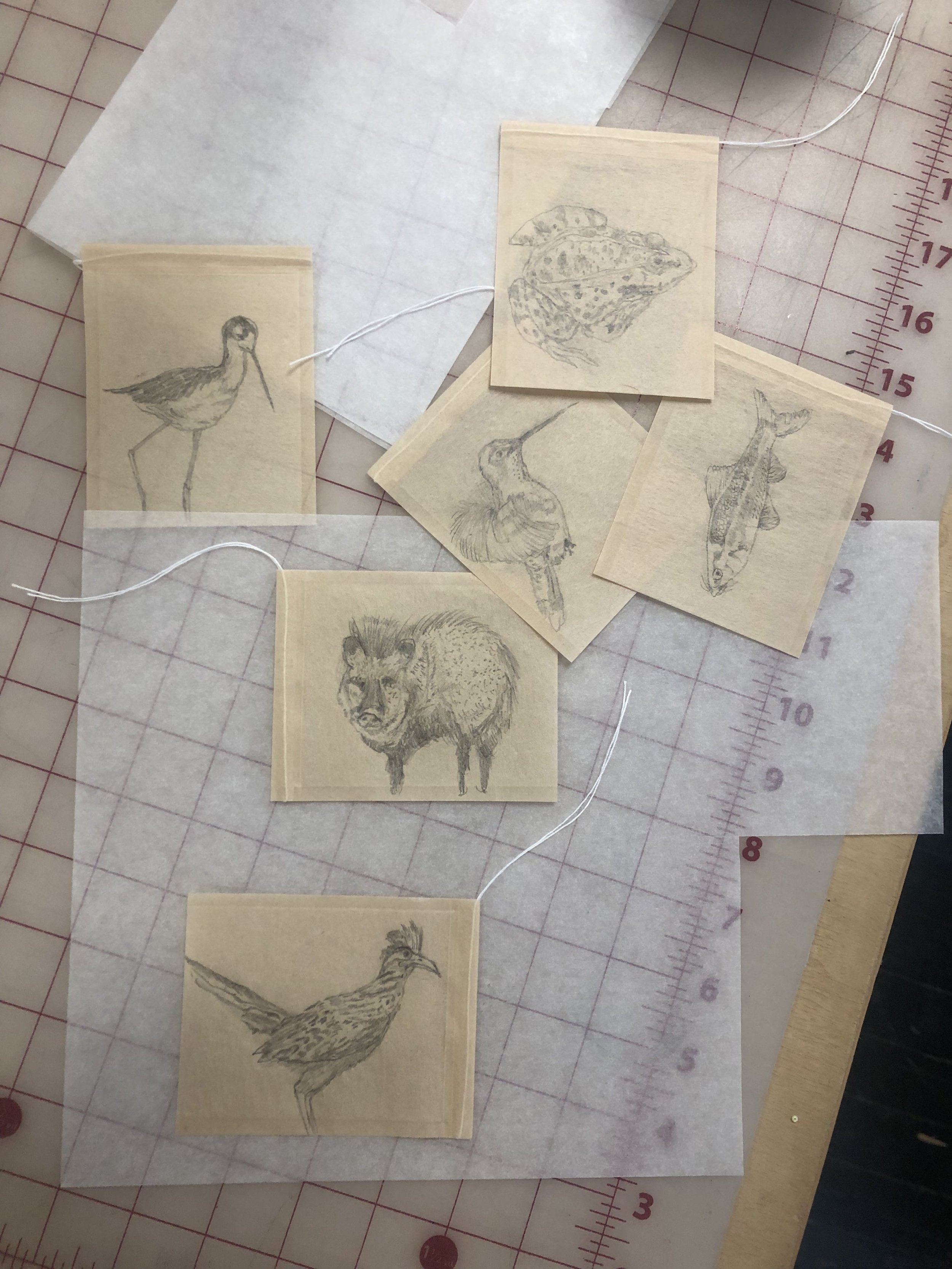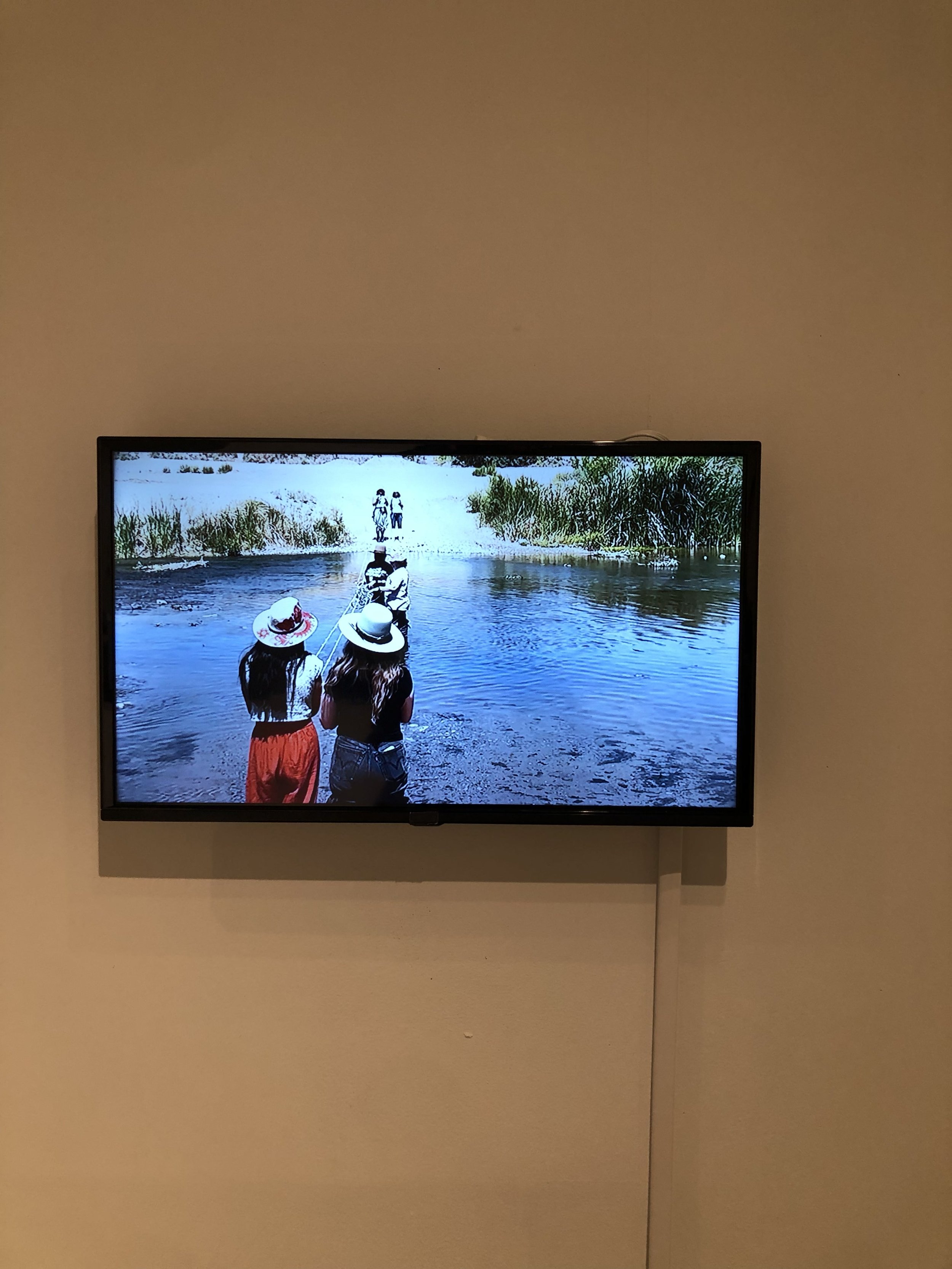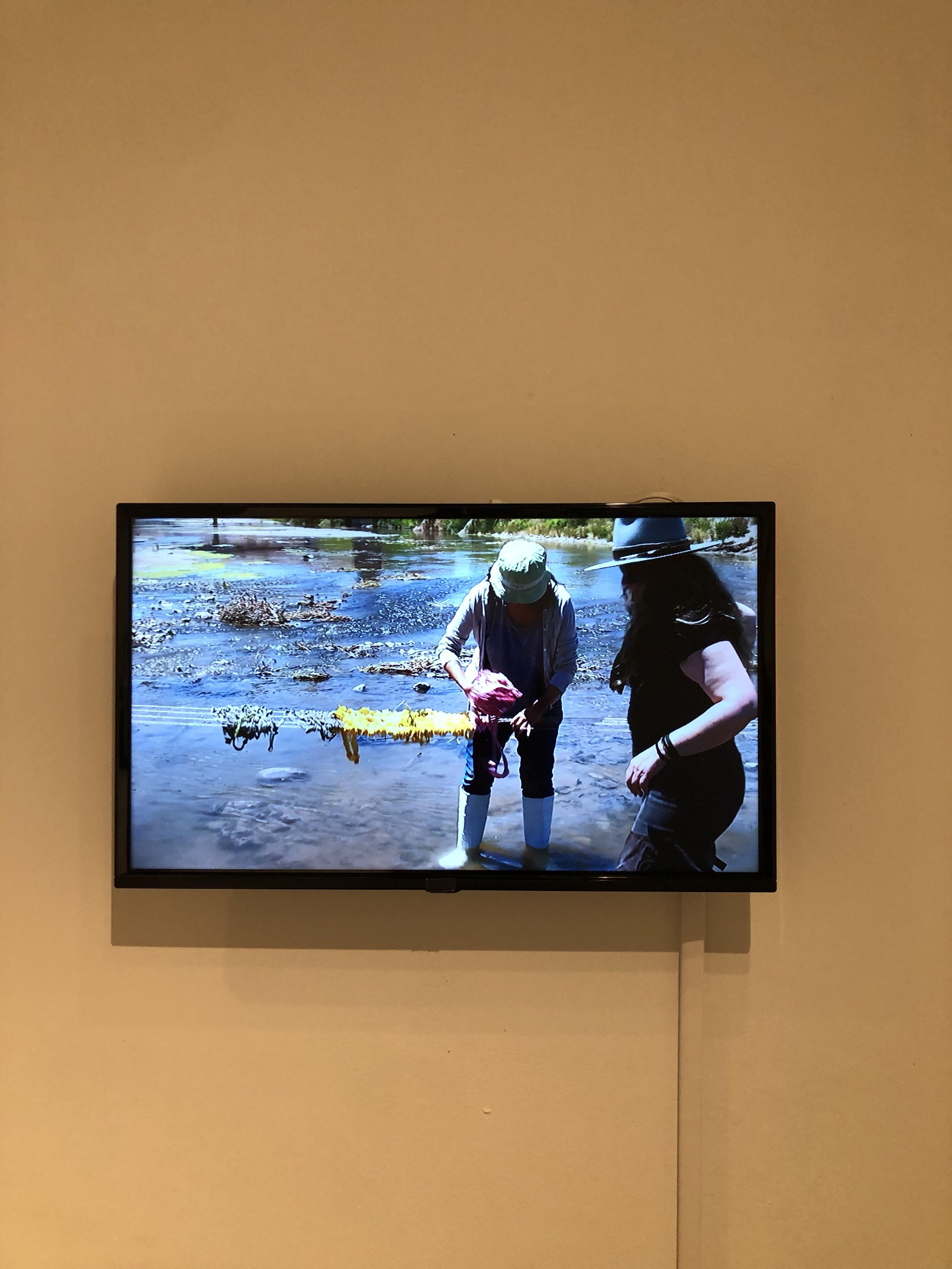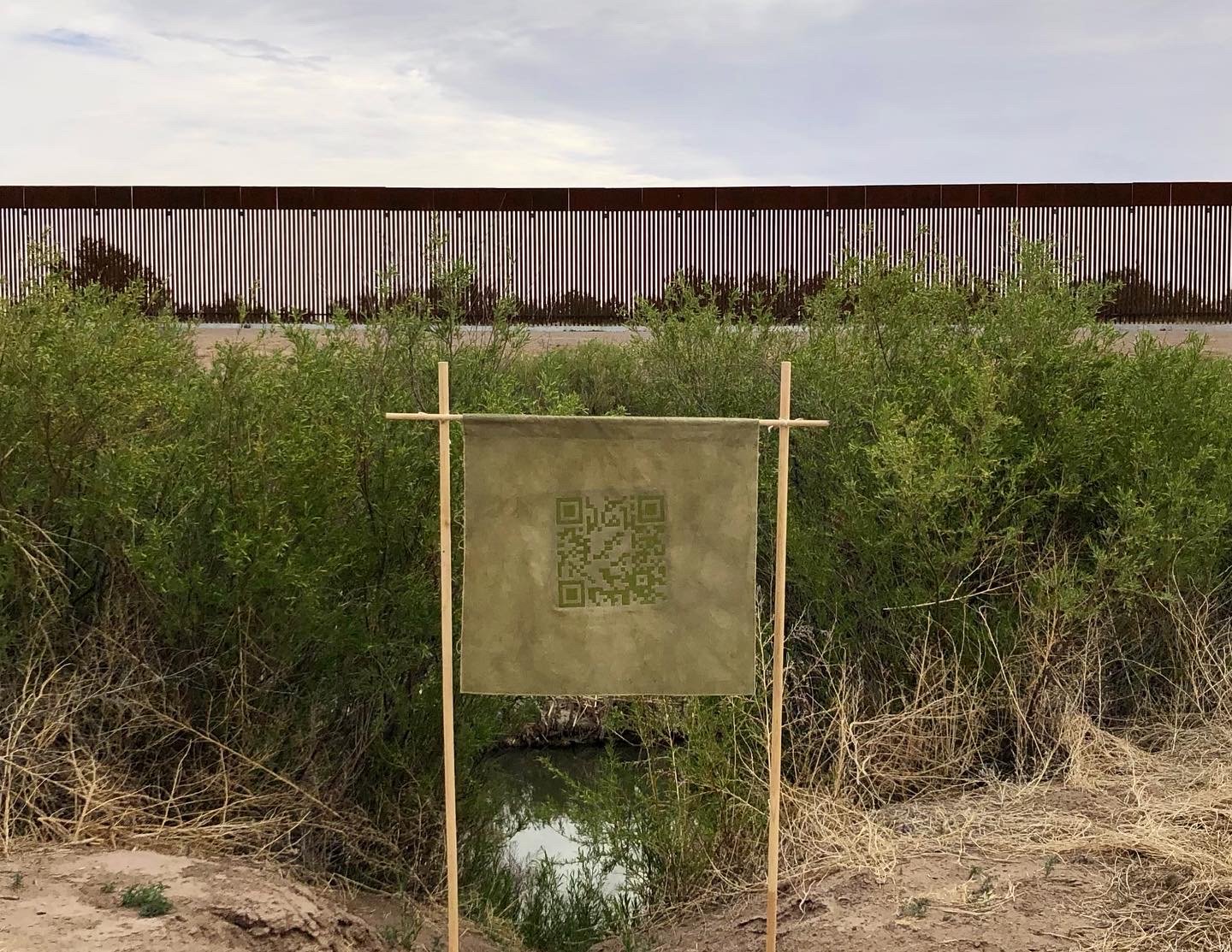RIO Bravo
projects
The Rio Bravo, also known as the Rio Grande, holds a significant influence on my art, shaped by the unique experience of residing in a bordertown. The river's presence has become a powerful muse, weaving through my creative expressions and contributing to the distinct flavor of my artwork. The landscapes along the Rio Bravo serve as both a backdrop and a central theme, capturing the essence of the border region and infusing my pieces with a sense of place.
In my artistic endeavors, the river becomes a symbol of interconnectedness and division, reflecting the complexities of border life. The fluidity of the Rio Bravo inspires dynamic and ever-changing compositions, mirroring the constant ebb and flow of cultural exchanges in the borderland. The colors and textures of the riverbanks find their way into my palette, creating a visual language that speaks to the vibrancy and diversity of the border community.
Beyond aesthetics, the Rio Bravo also informs my political and cultural narratives. As a bordertown resident, I am acutely aware of the socio-political dynamics that unfold along the river. Issues of immigration, identity, and coexistence are intricately tied to the river's course. Through my art, I aim to shed light on these complexities, offering a nuanced perspective on the challenges and triumphs faced by those living in the border region.
The Rio Bravo serves as a metaphorical bridge between two worlds, embodying the intersection of different cultures and histories. It becomes a source of inspiration for narratives that explore the rich tapestry of border life, challenging stereotypes and fostering a deeper understanding of the intricate relationships that define the region. Ultimately, my art becomes a reflection of the profound impact the Rio Bravo has on both the visual and narrative aspects of my creative expression.
RIO ARDUINO
The Rio Arduino textile tuner is designed to capture the melodic tunes of migratory birds, including the American avocets (Himantopus Mexicanus), as they grace the Rio Bravo each year. This enchanting avian melody is then transmitted in real-time through a textile Arduino to a radio/web signal.
Crafted from synthetic fibers discovered as discarded waste in the Rio Bravo, the device incorporates cotton naturally dyed with gobernadora plants, cochineal, and walnuts, as well as electrically conductive threads, a microphone, and various electronic components enabling seamless transmission.
The overarching concept is to carve out a space where we can intimately connect with the life of the species traversing the river, while simultaneously addressing pressing environmental concerns, notably the pivotal issue of water.
The pollution predicament in the Rio Bravo casts its shadow on the health of communities on both sides of the border, as its repercussions extend into the Gulf of Mexico. The perilous presence of hundreds of plastics compounds the threat to human and species life in this region.
Personally, rivers embody dynamic tapestries of existence, possessing a life force that demands protection and care, for water is the source of life.
In the development of this textile device, I collaborated closely with engineer Aldo Portillo from FabLab Juarez. His guidance in electronics and programming has paved the way for us to immerse ourselves in the real-time symphony of birdsong.
In honor of Berta Cáceres, a stalwart advocate for rivers in Latin America who tragically lost her life on March 3, 2016, we extend an invitation to tune in to Rio Arduino - the textile tuner in remembrance and celebration.
tejiendo el rio
Historically the Rio Bravo Grande was home to approximately 22 native fish species and hundreds of different birds, mammals, plants and amphibians. The Rio Grande basin not only provides important environmental life sources to the diversity of species, but also has the largest volume of water concessioned by the National Water Commission for human consumptive use. Geographically located on the border between El Paso and Ciudad Juarez, we can see a devastation of the landscape caused mainly by unequal international treatments, agribusiness, hydroelectrics, global climate change, the border wall and the precariousness of the supply on the way from Juarez to Presidio because in this area the river doesn’t hold water anymore.
Through the interconnection between symbolic elements, we observe and interact with detailed information on endangered species, degradation of the landscape and exploitation of the vital flow of the river.
Women as life givers, sustainers and protectors of vital element we are reunited to create a human loom through an action that express care, movement, connection, awaken awareness, using our bodies as elements of the landscape that sustains life and analogically our bodies as reflection of mother earth body intertwining as a symbol of love and claim of the land of our ancestors as water, soil, fire and wind.
In collaboration with Cindy Gutierrez Krapp, Candelaria Gutierrez PerezAngelica Gutierrez Perez. Ligia Arguilez, Rubi Orozco, Bianca Castillero, Patricia Riggs, Andie Everett, Christian Joseph Porras










BIRD CODES
This series features flags dyed with natural hues extracted from the flora along the Rio Bravo, creating a vivid representation of the local environment. Each flag bears a unique QR code, linking viewers to a recording of the Rio Arduino project, which captures the melody of diverse bird species inhabiting the Rio Grande region. Strategically installed along the Rio Grande, these flags serve as both artistic installations and catalysts for bird watching, encouraging individuals to connect with nature and appreciate the rich avian life in the area. This interactive and visually stunning project not only celebrates the beauty of the Rio Grande ecosystem but also inspires a deeper connection between art, technology, and the natural world.









